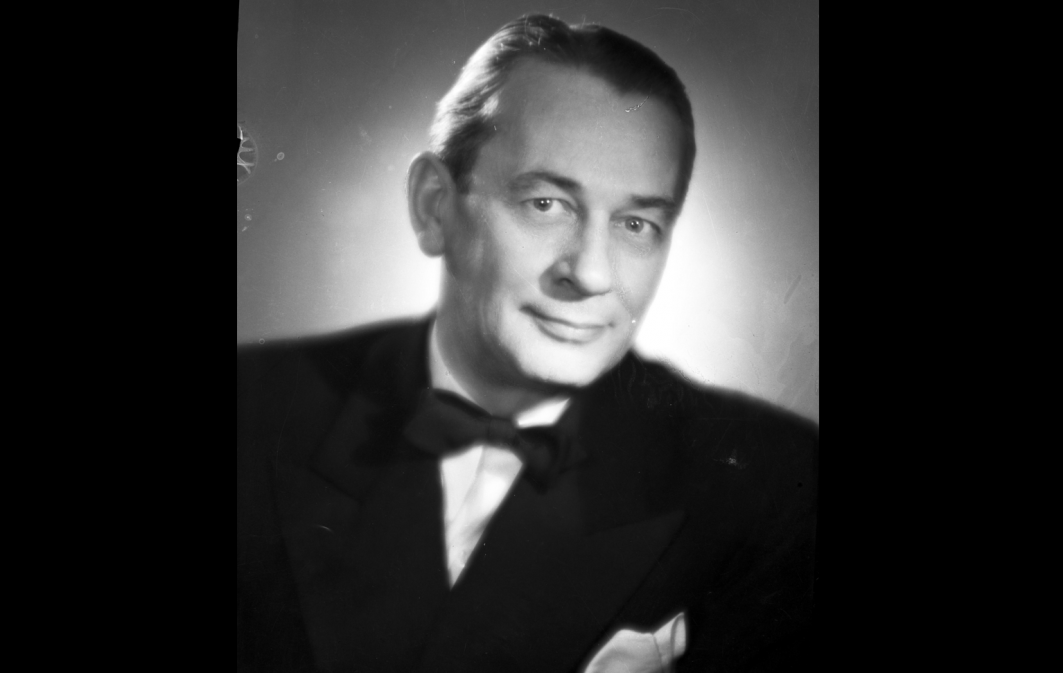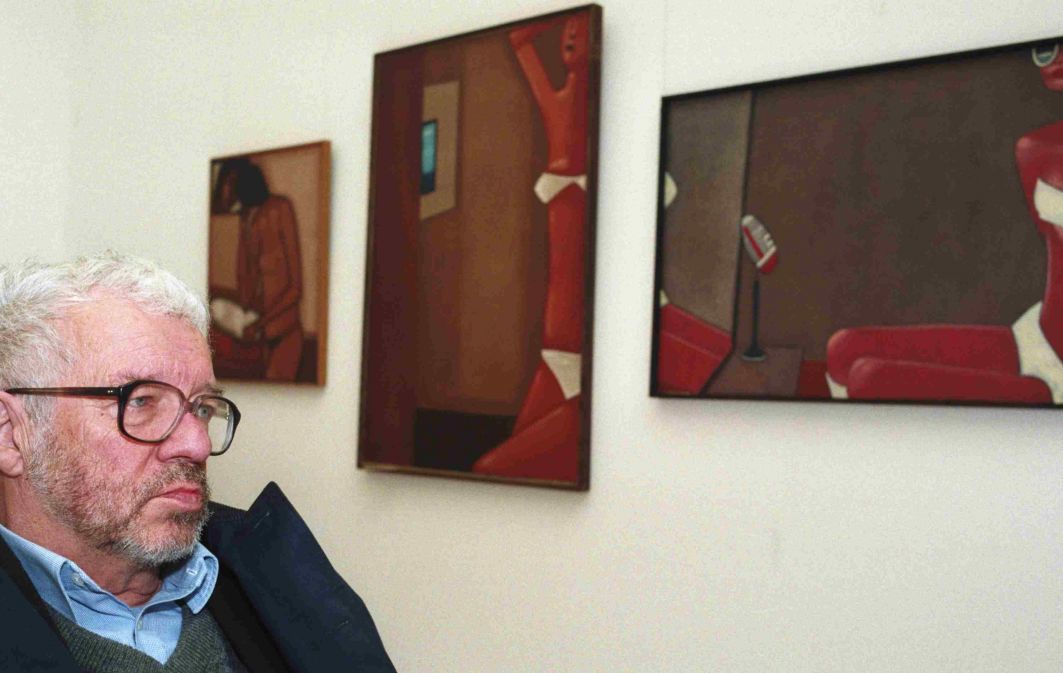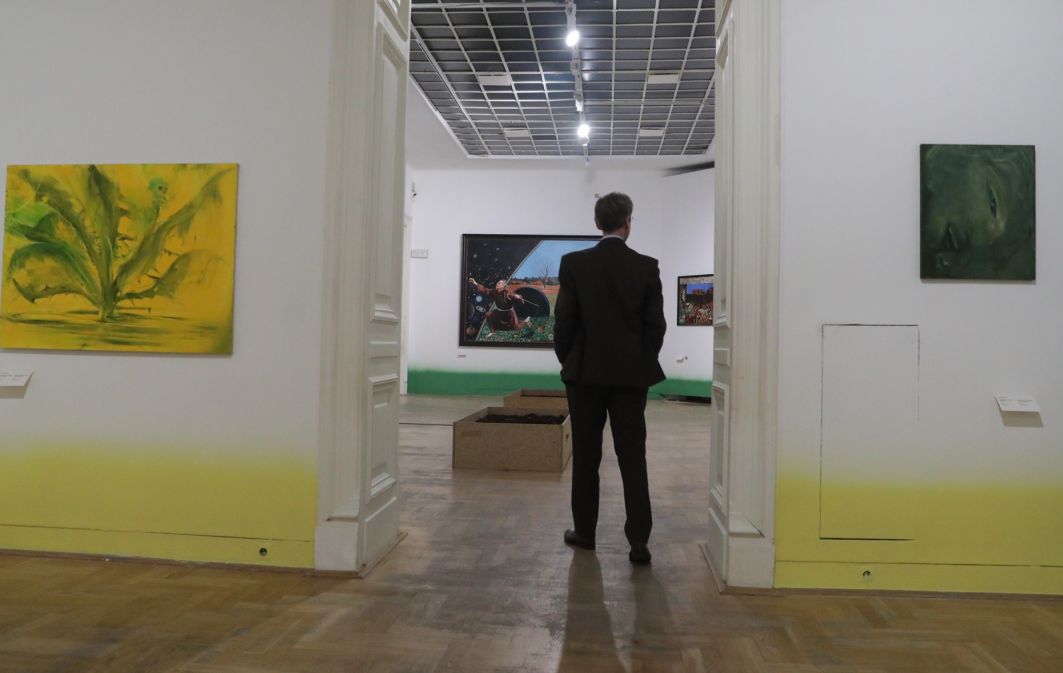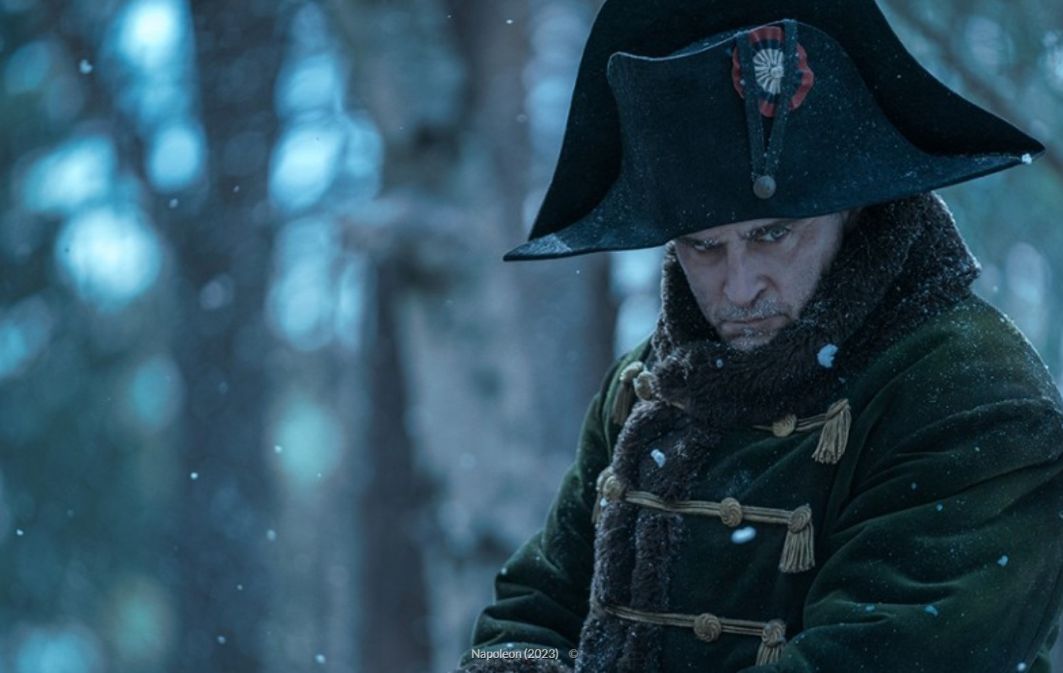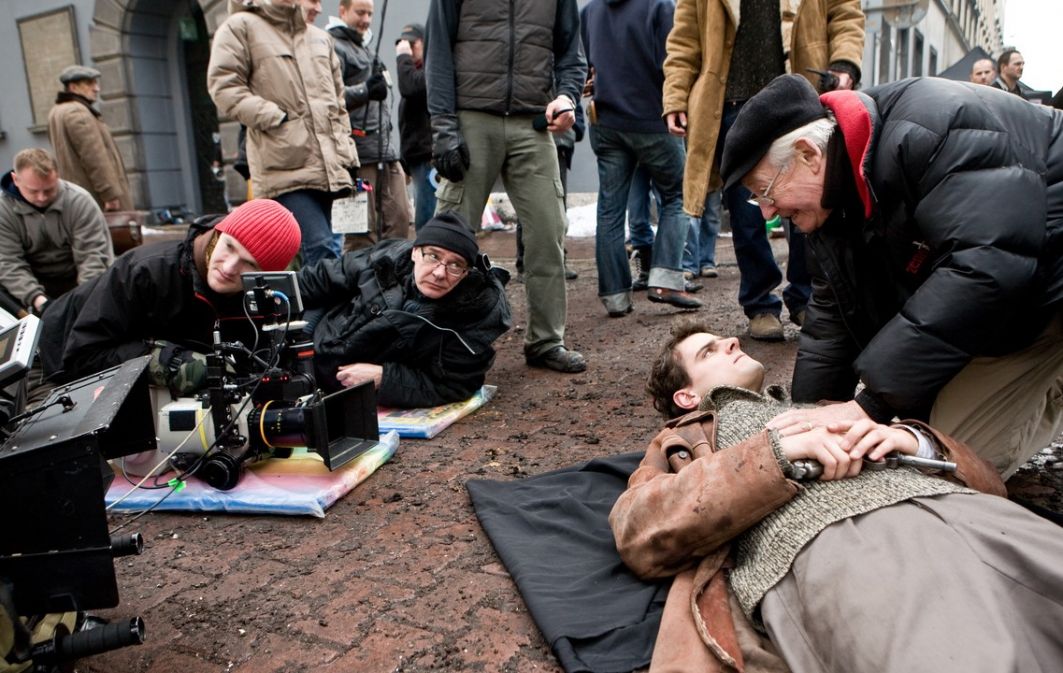Everyone wants to slay the dragon. Knights in Warsaw
31.05.2023
Out of each thousand men, “there was chosen a man more notable than all the rest for his loyalty, his strength, his noble courage, his breeding and his manners”. Out of all beasts there was chosen a horse because “he was most suitable—strongest to sustain labour, heartiest, and best able to serve the man”. And it was given to “this same man who had been picked from among a thousand, and because the horse is called in French cheval, therefore the man who rides him is called a chevalier”. The chevalier restores honesty and goodness to the world.
Not only Ketling, Wołodyjowski, or Zagłoba [heroes of Henryk Sienkiewicz’s “Trilogy”] – not only the clang of battle weapons, medieval outfits, brave horses and courageous warriors and a good script are decisive for the popularity of computer games. Especially among young and very young people. Defender of the Righteous Cause’s centuries-old life model is still attractive, even if only in the virtual world. That’s why we have an unusual offer for You for Children’s Day.
– For my part, I would like to show them it’s not only about gaming and emotions – declares dr. Piotr Kopszak, director of the Warsaw Archdiocese Museum (MAW) which invites you to a untypical, yet entirely real exposition “Book of the Order of Chivalry”, Polish: “Księga Stanu Rycerskiego”.
Almost from the moment you enter the exhibition, the painted battle scenes catch your eye, as if they were familiar, because they evoke associations with famous paintings – I wonder if they are also familiar to the youngest. The association is not accidental, but the author is an entirely contemporary painter. It’s Mariusz Kozik, graduate of the Academy of Fine Arts in Wrocław, virtually unknown in Poland, but world-famous! Though he should be known one picture of his alone – “Polish Hussars” is omnipresent, also in countless tattoos, not to mention tablets, mugs, boxes and other accessories. Kozik’s works illustrate historical magazines, they also appear in school textbooks.
– He’s an eminent artist – dr Kopszak points out – associated with the best game producers, renowned for his meticulous attention to historical detail. Much can be learnt from both his traditional and computer-generated images.
Right next to it – unfortunately in a display case and open only on one page, also unfortunately – the ancestor of the chivalric comic, if you can call it that: the 16th century “Tournament Book” (although this is a manual reproduction from the 19th century). It documents – in a colourful drawing – successive knightly duels at the court of William IV of Bavaria, with dates and records of fights. The book is open on the page showing Wolff von Scheltenberg’s fight, and it’s really something to look at.
A young lover of knight games will immediately feel at home in this room. Here, from a black-and-white portrait, the looks with a stern gaze… yes, Stefan Batory from the comic book by Hubert Czajkowski, a graduate, in turn, of the Warsaw Academy of Fine Arts. His merits in popularising history and the chivalric ethos, probably as much as those of Mariusz Kozik, are underestimated, but are obvious to the curator of the exhibition: – We start with what a young person has to deal with on a daily basis, what they see on their screens, and through the exhibition we want them to delve deeper into what it means to be a knight.
“You squires, who wish to enter the Order of Chivalry, beware what you do. For if you are a knight, you are receiving the honor and service due to true friends of chivalry. Just as you have more noteworthy roots and greater honor than others, by that same token you are more bound to be good and pleasing to God and also to the people. And if you act wickedly, you make yourself into an enemy of chivalry and behave contrary to its laws and rites” – passage from the “Book of the Order of Chivalry”.
Not only on the occasion of Children’s Day is it worth taking sons and daughters, scouts and altar boys or just teenagers to this exhibition. Even for those wonderful, completely outdated – yet moving the modern heart – profound quotes about the knighthood that pop out from between the images and force you to shake your mind. What is this about?
– These are excerpts from the unique medieval work “Book of the Order of Chivalry” by Ramon Llull – says the museum director proudly – so far unknown in the Polish translation, and which we are now presenting at the exhibition in a beautiful translation from the Catalan original. The author of the translation is Rozalia Sasor.
Ramon Llull (ca. 1232–ca. 1315), strangely enough, was a secular artist, although associated with the Franciscan order, with extremely wide interests. He was a physician, lawyer, philosopher, poet, logician and theologian, mathematician and missionary. He had written over 250 books, including a navigation manual. He made pilgrimages, studied – also Islam – and evangelized, mainly the adherents of Islam. He was given the term Doctor Illuminatus after he experienced a revelation in 1274 – as can be read in his work – “of an intellectual nature, which allowed him to bring together into one coherent philosophical system of elements hitherto loosely connected”.
His “Book of the Order of Chivalry” accompanies visitors throughout the exhibition and, in a way, leads the young viewer to personal conclusions: that “knighthood is not only history. It is above all nobility and faithful service to the Lord. The fight takes place in the heart of a man who knows whom he serves. And everyone can achieve real victories here, finding the joy of life and the dignity of knightly service.” We find these words on the cover of the “Chivalry Code” composed of 33 extended maxims by Ramon Llull. It was prepared and published by Father dr. Andrzej Zając, a Franciscan friar, a curator of the exhibition next to the MAW director, a specialist in Franciscan matters. And a lover of knight matters. And of Llull’s work.
Ramon Llull believed that “when charity, loyalty, integrity, justice and truth grew weak in the world, then there began cruelty, injury, disloyalty and falseness” so it was necessary to restore “respect for justice through fear”. Therefore, the people were divided, so that out of each thousand men, “there was chosen a man more notable than all the rest for his loyalty, his strength, his noble courage, his breeding and his manners”. Out of all beasts there was chosen a horse because “he was most suitable – strongest to sustain labour, heartiest, and best able to serve the man”. And it was given to “this same man who had been picked from among a thousand, and because the horse is called in French cheval, therefore the man who rides him is called a chevalier”. [here begins a pun linking the Catalan word for a knight – cavaller with the word “horse” – cavall; the same wordplay works in Spanish (Castilian) and French: horse – cheval, knight – chevalier].
– The whole exhibition is therefore a journey into the meaning of being a knight – emphasizes the director and draws attention to a tiny detail of King Stefan Batory’s armour: the crucified Christ is visible on the king’s chest. – That’s what I intended to show, that should be noticed by young “knights” who come here to learn more, more than in a comic book or in a game.
It is not without reason that the photographic work of Magdalena Chudzicka “Who shall find the brave woman?” was included in the exhibition. The Franciscan magazine “Rycerz Niepokalanej” placed in on the cover in 2019, which caused a stormy discussion. How come – shouted the experts – the girl is holding a rifle, which, to make things worse, is leaning against the Mother of God’s image? What does that mean? “Yeah, think about it, man,” – invites the director.
And this is the “detail” that is so present in the great art of chivalry: Joan of Arc appears at the exhibition very quickly, above all in the unknown – but beautiful – graphics by Wiktoria Goryńska (1902–1945). There are more of her works, they strike with delicacy, such as the unusual in its subtlety silhouette of Marshal Józef Piłsudski.
This pre-war artist is an additional example of chivalry. She practiced fencing as one of the first Polish players – she was an outstanding foil fencer – and popularised it in the press and on the radio. Sworn into the Home Army, she was first a liaison officer at the Home Army Headquarters, then a team member of the famous Information Bulletin. She fought in the Warsaw Uprising, whence she was sent to a transit camp, and as a result to KL Ravensbrück, where she died. She is a model of an artistically fulfilled woman, a beautiful patriot who practiced religious virtues every day. “She is a model knight” – dr. Piotr Kopszak says openly.
– In the interwar period – he points out – the knightly ethos returns to art and is constantly present in it, which can also be seen at our exhibition. After all, at that time there was a great need to build Polish statehood, and thus – such social attitudes that could defend it.
And with satisfaction he shows wonderful finds in the cavernous cabinets of the National Museum in Warsaw (MNW): woodcuts for “Parsifal” by Stefan Mrożewski, an outstanding graphic artist who settled in California after the war, completely underestimated in the country. We are watching “Saint Michael the Archangel, patron of soldiers” by – what a discovery! – Janina Konarska, the wife of Antoni Słonimski. Another discovery is the drawing by Michał Elwiro Andriolli entitled “The Death of Konrad Wallenrod” – almost universally known, also from school textbooks. Andriolli reproduced his successful drawing himself, because it was wildly popular with the public – and it turned out that the copy from the National Museum in Warsaw was a painted photographic print. Well done Andriolli for using new techniques!
And bravo to Stanisław Wyspiański, Jan Matejko, Leon Wyczółkowski, Jacek Malczewski and so many others before and after them. The knight motif is always present in their works, although perhaps not at first. For example, young Wyspiański – here you are: drawings from 1896, and an ornament with a coat of arms, and details of knightly equipment. And here’s another discovery: Matejko’s competition design for a stained glass window with Our Lady of the Gate of Dawn from 1893, with details of heraldry. And then Wyczółkowski and his “Petrified Druid”, from which the “sleeping knights” may have been born. And so many beautiful works I won’t mention, because you have to go and see them.
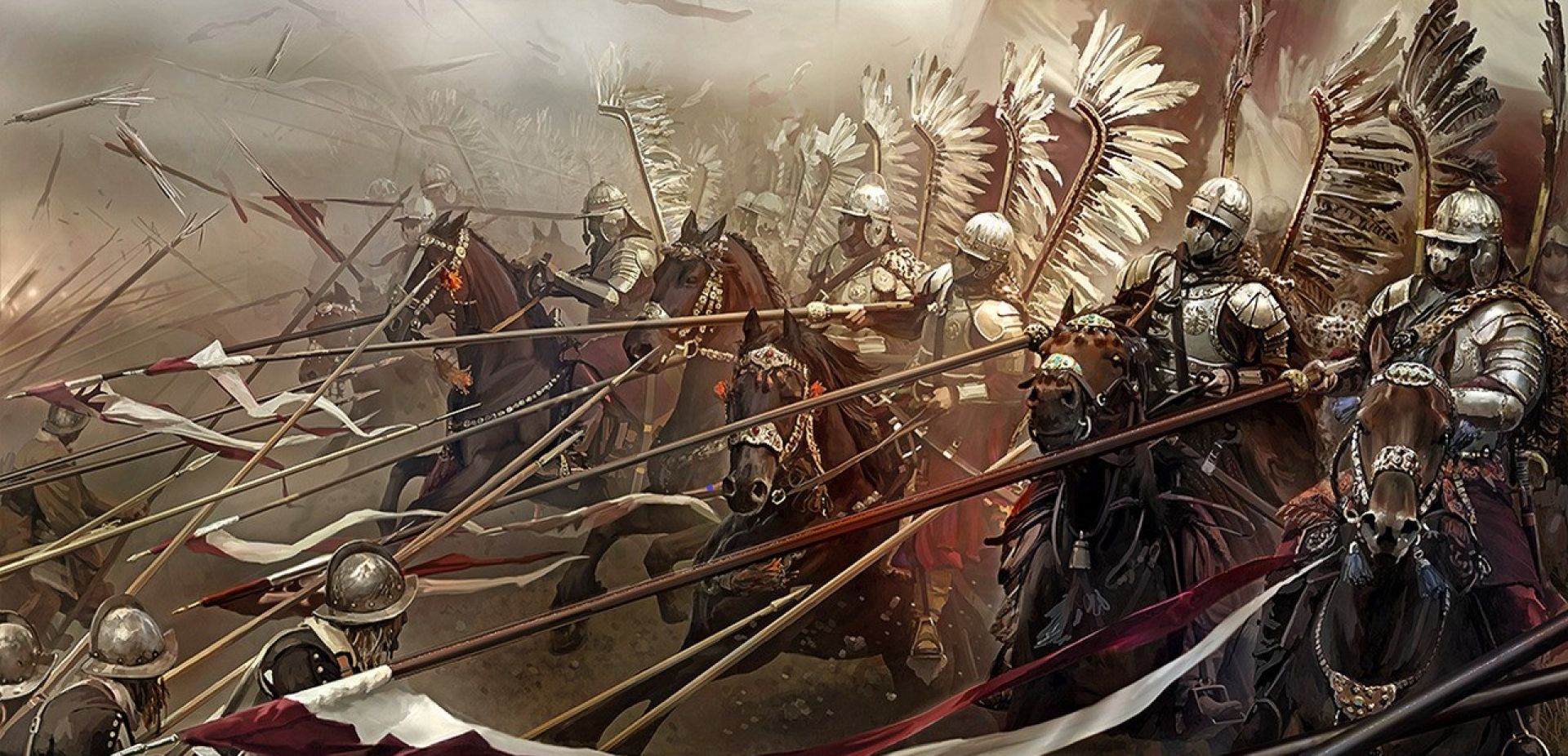
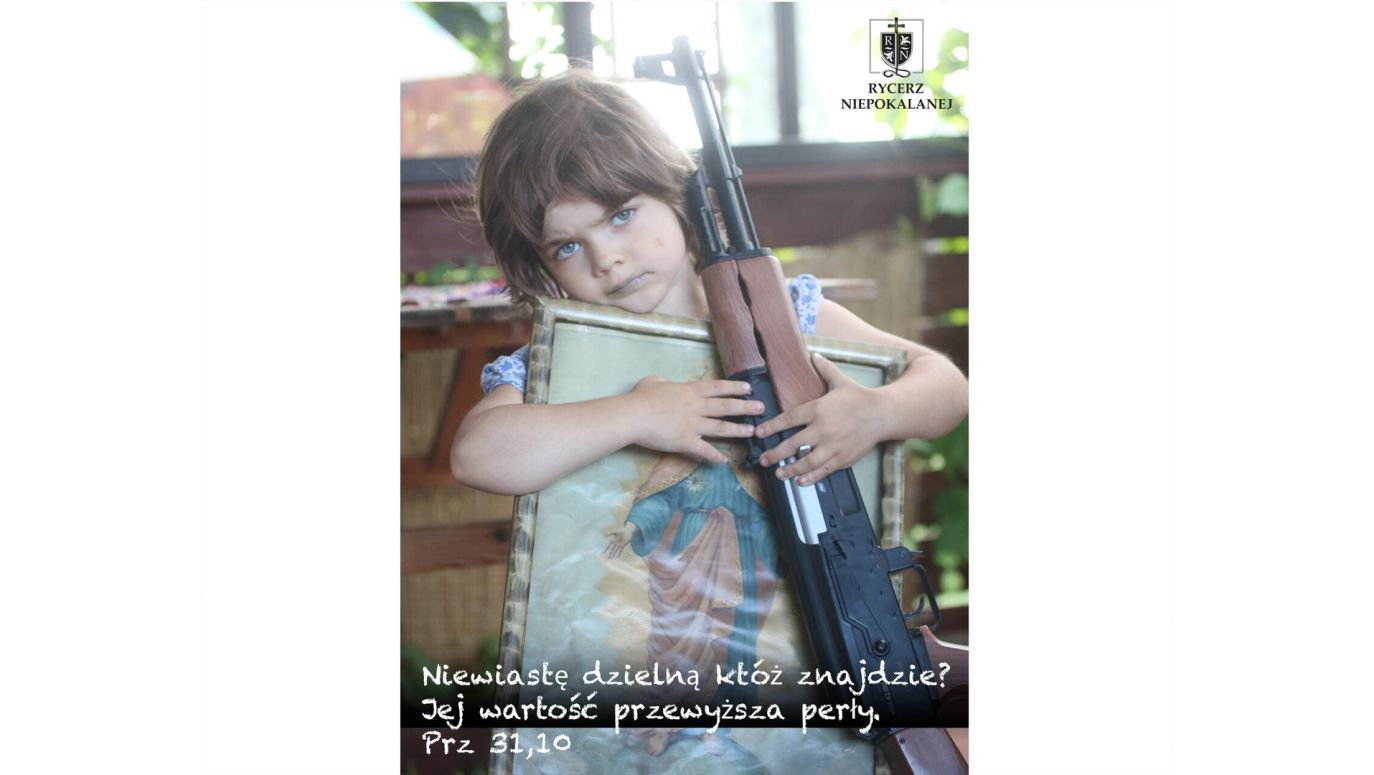
 SIGN UP TO OUR PAGE
SIGN UP TO OUR PAGE
 But it is also necessary to point out the great – universal – motif of Saint George, who slays the dragon and is so present in art, not only in the past. In the years of martial law, when artists moved to church halls and monastery cloisters, Saint George suddenly appeared among us. Such is his image at this exhibition, by an artist who is still creatively present, despite being over ninety and, in addition, daughter of Jan Brzechwa. Krystyna Brzechwa in 1984 painted rev. Jerzy Popiełuszko (probably before he died) in such a way that there is no doubt: he is also a knight who slays the dragon.
But it is also necessary to point out the great – universal – motif of Saint George, who slays the dragon and is so present in art, not only in the past. In the years of martial law, when artists moved to church halls and monastery cloisters, Saint George suddenly appeared among us. Such is his image at this exhibition, by an artist who is still creatively present, despite being over ninety and, in addition, daughter of Jan Brzechwa. Krystyna Brzechwa in 1984 painted rev. Jerzy Popiełuszko (probably before he died) in such a way that there is no doubt: he is also a knight who slays the dragon.